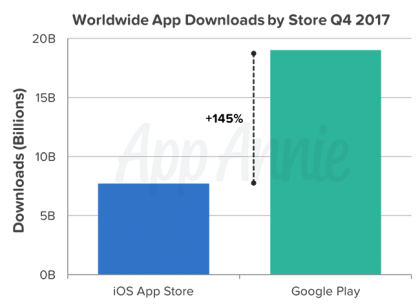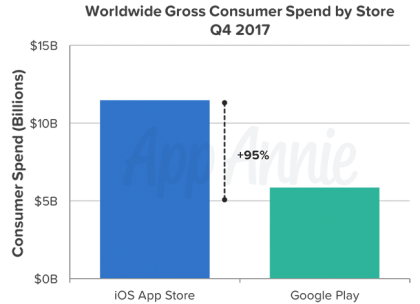Elizabeth Lopatto, The Verge:
Here’s how to cheat at the Apple Watch Stand goal: dangle your wrist by your side while you sit in a chair. I discovered this by accident — I dangle my arm during meetings — but once I found it out, I did it on purpose. I cheated while watching Thor: Ragnarok, in meetings, at brunch.
I’ll admit it. I’ve cheated my Activities taskmaster. Mostly inadvertently by, say, forgetting to mark the end of a run, then noticing that I’ve been running for 3 hours!
More from the article:
Exercise can reduce the risk of depression, help you sleep better, and even increase your chances of a long life. Seriously, it’s good for you.
And yet, only about half of American adults were meeting the recommended physical activity standards as of 2016, the CDC has found.
Yup. One of the great benefits of Apple Watch and the rewards that come from filling those rings.
Rewards, as influential American psychologist B. F. Skinner noted, are highly motivating. Rewarding a behavior is a very easy way to reinforce that behavior. Humans really like gold stars.
And:
Skinner’s big idea was basically this: you’ll do what you’re rewarded for. It doesn’t really matter if you’re a person, a cat, a pigeon, or a rat — rewards are a key part of animal behavior. The reward could be anything: a treat, some money, or just closing the rings on your Apple Watch.
And:
The Apple Watch is a behavioral intervention device that was created without consulting any behaviorists. I asked Apple directly about this — both at the original presentation around the Watch and again just before publication. I was told that Apple doesn’t use outside consultants, though it does invite researchers to come discuss their work, including those who have interests in habit formation and behavior change. Apple didn’t formally hire any behaviorists to design the Watch, either.
Whether or not the Apple Watch/Activities team built the reward system on nothing but spit and hunches, it clearly works. People’s behavior changed. So it works.
Read the article. Elizabeth really did some homework here. I found the whole thing fascinating.


